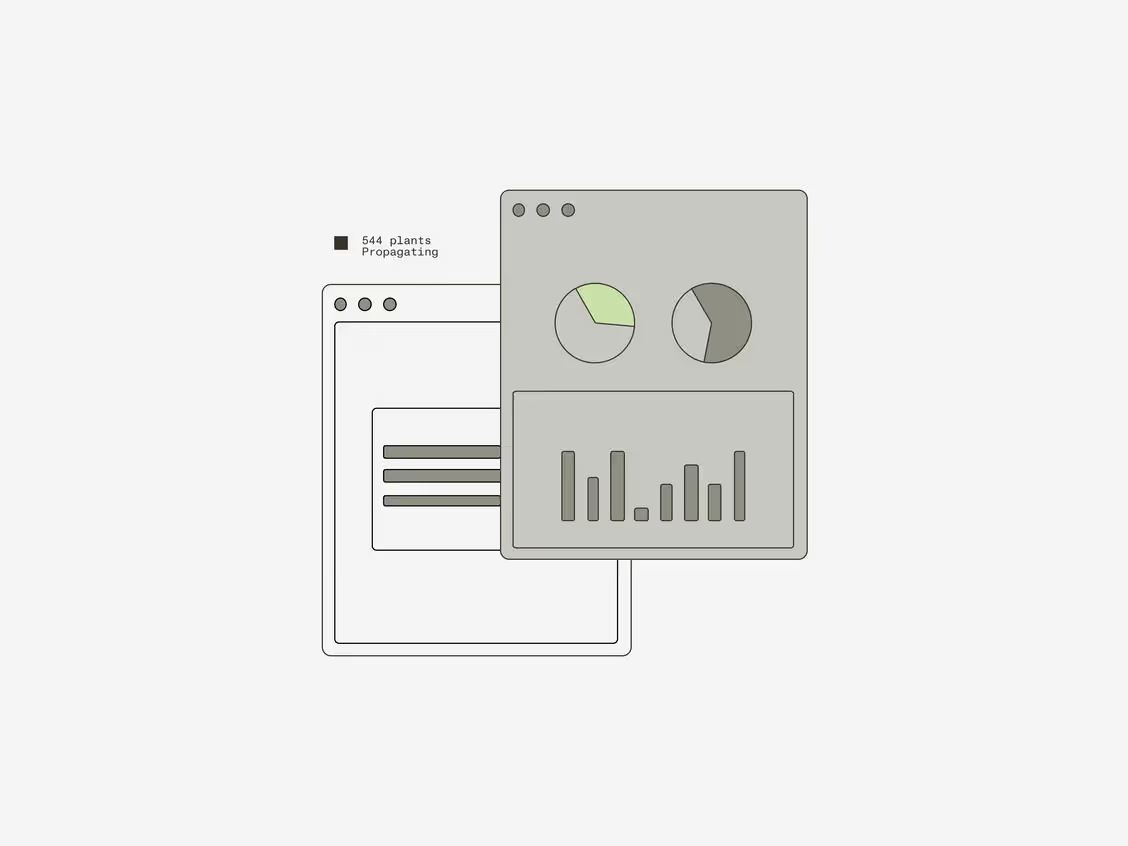Education Guide
Comparing indoor and outdoor cannabis cultivation

Farmers successfully cultivated cannabis outdoors for millennia. Indoor cannabis growing emerged later in response to prohibition, then became essential as state-led legalization frameworks created localized markets. Is one better than the other? Let’s investigate.
What’s the best way to grow cannabis?
Growers have many decisions to make before the seeds of a new cultivation can start to take root. For pro growers, the most important consideration is market value: what’s special about their cultivation practices, how the product is different, and how well it fits into the market. A brand that prioritizes environmental sustainability by minimizing its carbon footprint is more likely to grow outdoors. Growing outdoors, however, is more difficult, which means the cost-per-square-foot investment impacts the brand’s market position. Establishing clear objectives from the outset is crucial to the everyday decisions made to support the brand.
Another critical consideration at this stage is the amount of resources available to fulfill brand objectives. Legalization is progressing at the state level, creating circumstances that vary from market to market and cultivators must be aware of the impact this will have on operations. Real estate options in major metropolitan areas, for example, may involve converting old office buildings and manufacturing sites into cultivation facilities, while buying land and building a new facility is much more accessible in rural areas.
When it comes to hiring cultivators, a new market like Missouri will have a different talent pool than Humboldt or other more established markets. And since outdoor climate conditions can impact a grower’s ability to control inputs in an indoor/greenhouse environment, even geography is a factor. A facility located in the southern US will have very different HVAC needs than a facility along the California coast.
Indoor grow houses vs outdoor gardens
Compared with indoor setups, an outdoor garden offers growers the lowest point of entry in terms of cost, but little control over environmental and root zone conditions.
While Mother Nature provides free light, air, and water, planting in existing soil requires working constantly with organic inputs. Soil chemistry management is crucial for outdoor growers looking to achieve product consistency. Adding supplemental media can improve an outdoor garden and offer growers more control over the root zone, allowing them to use crop steering techniques to optimize plant growth and achieve consistency with each harvest. While this option means cultivators get to grow in clean media every year, it comes with additional costs which can vary based on equipment.
In an indoor grow, plants rely on humans to provide everything they need to survive. While incorporating controls and automation does make such setups more expensive than outdoor gardens, it also gives growers the ability to adjust conditions toward particular yield and quality outcomes. Indoor facilities are available in a variety of configurations.
Indoor grow houses vs greenhouses
The primary differentiator between greenhouse and indoor growing is cost. Indoor setups offer growers the greatest amount of control over their plants, but they’re the most costly and least environmentally friendly due to high energy usage. Greenhouse setups are cost effective and provide growers more control over their crops.
Hoop houses are the least expensive greenhouse type. Also known as a high tunnel, this portable greenhouse structure is commonly made with metal or plastic framing and is a great option for a brand looking to get capital flowing before upgrading to an indoor environment. Hoop houses can be deployed quickly and are available in numerous configurations with pricing to match. Adding improvements like electricity and automated lighting, heating, and air management systems increases the cost of the hoop house while also enabling growers to exhibit greater control of their environment which leads to better quality and consistency with every harvest. Growers who opt for a hoop house, however, can anticipate losing 2-3 months of production, since they are difficult to heat during cold winter months.
Unlike a hoop house, a greenhouse will usually have heating, cooling, and supplemental lighting, and can operate year-round. As more infrastructure is added – from a cement floor in a standard setup to a glass roof and recirculating HVAC in an enclosed greenhouse – cost increases along with a grower’s ability to implement tighter controls.
As legalization expands, so do options for growers. Use of large-scale indoor facilities aligns with the current localized nature of the sector, but optimizing greenhouses to mimic indoor is growing in popularity as the industry matures.
Indoor vs outdoor growing takeaways
- The decision to grow cannabis indoors or outdoors depends mainly on market value and resource availability.
- Outdoor gardens have the lowest cost of entry, but offer growers little control over environmental and root zone conditions.
- Greenhouse options range from inexpensive, quick-to-deploy portable hoop houses, to enclosed greenhouses featuring glass roofs and recirculating HVAC.
- Indoor cultivation offers the greatest amount of control with varying levels of sophistication but is the most expensive and least environmentally friendly.
- While the market currently relies heavily on indoor cultivation, more sustainable and optimized greenhouse grows are the wave of the future.
